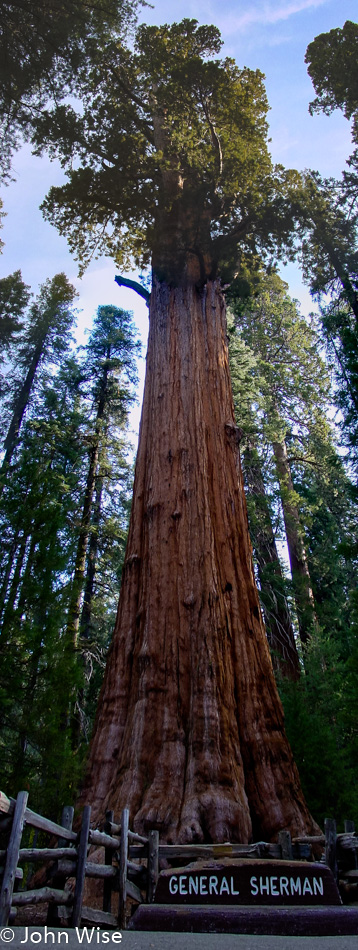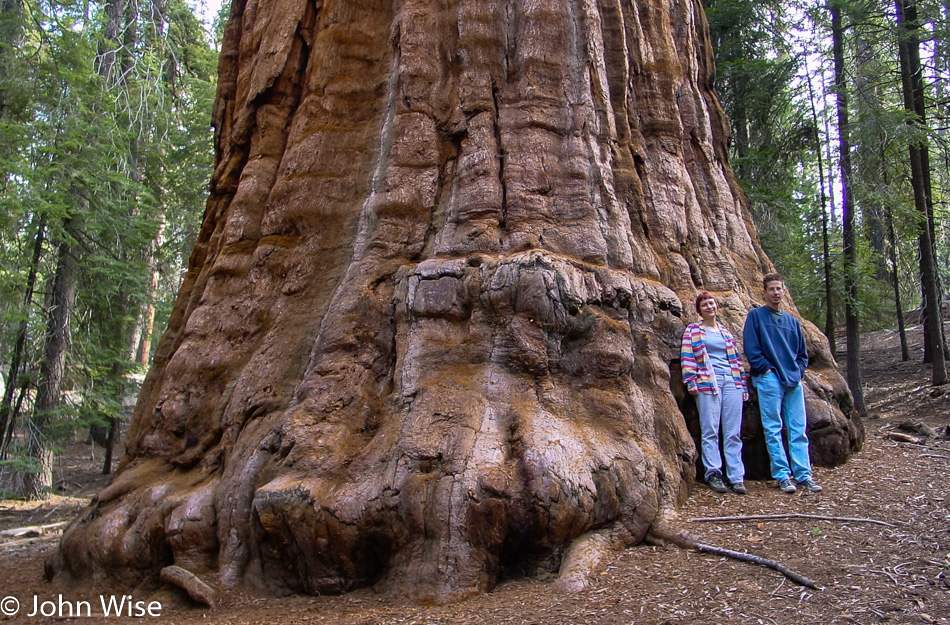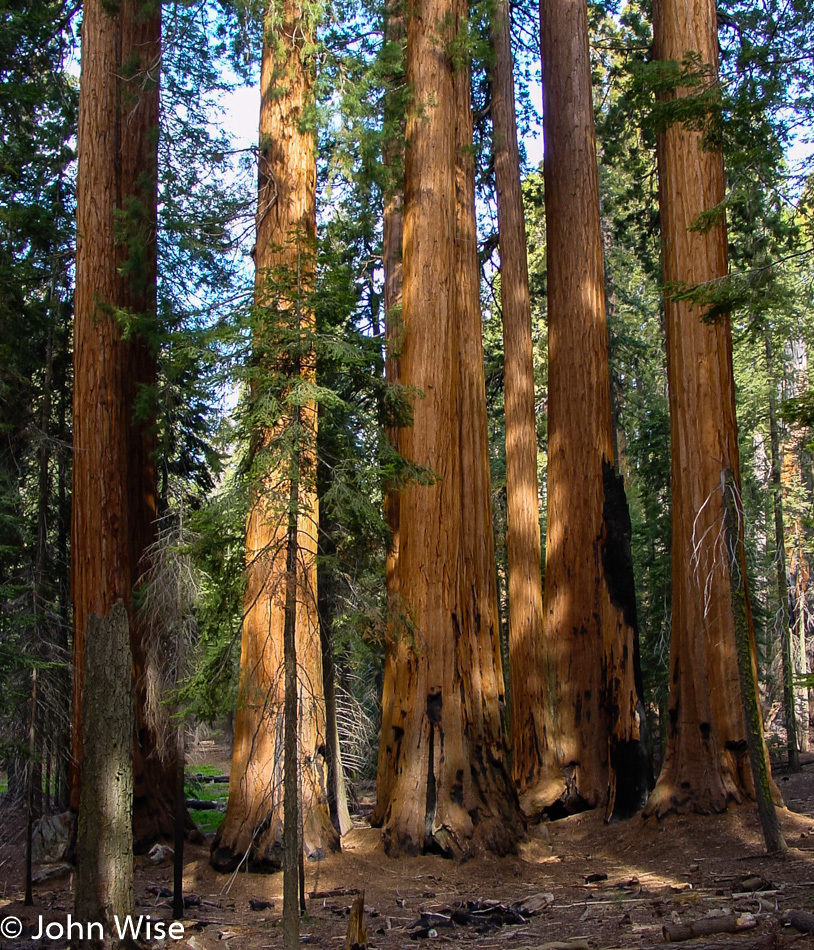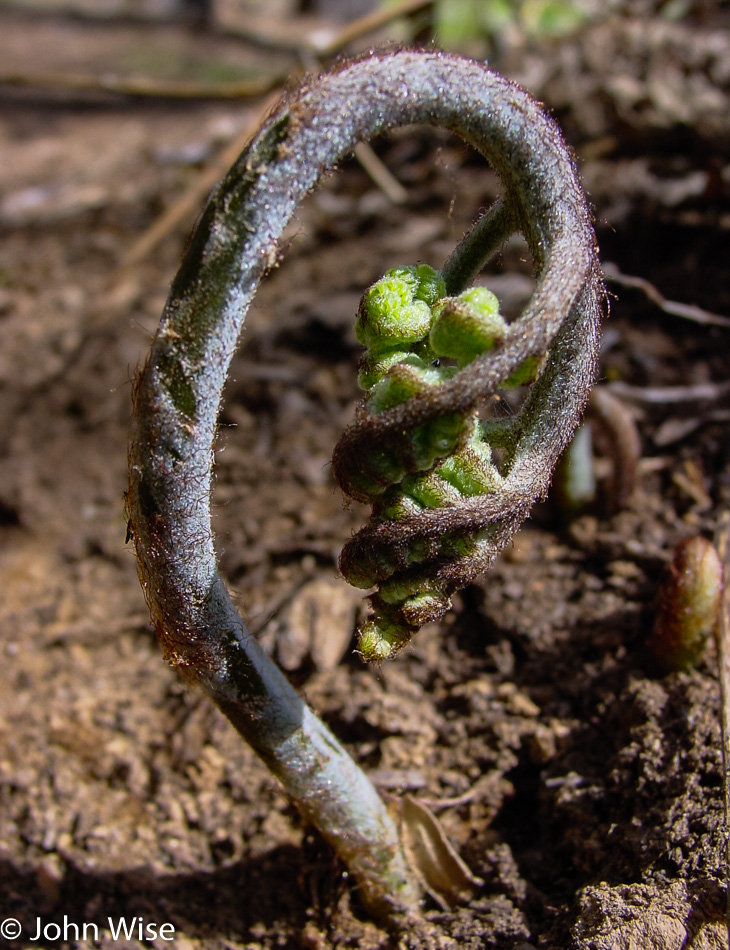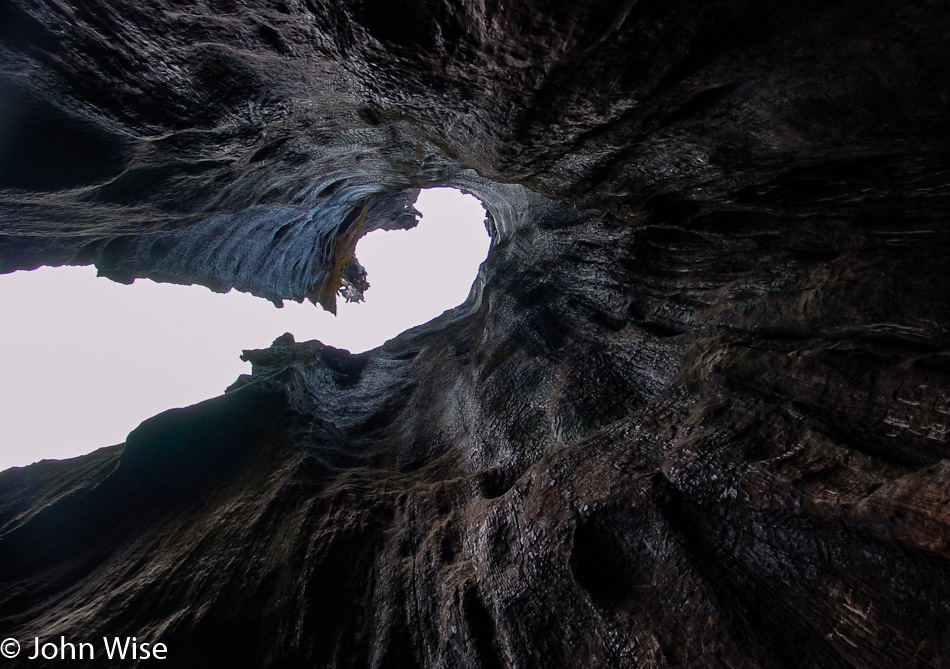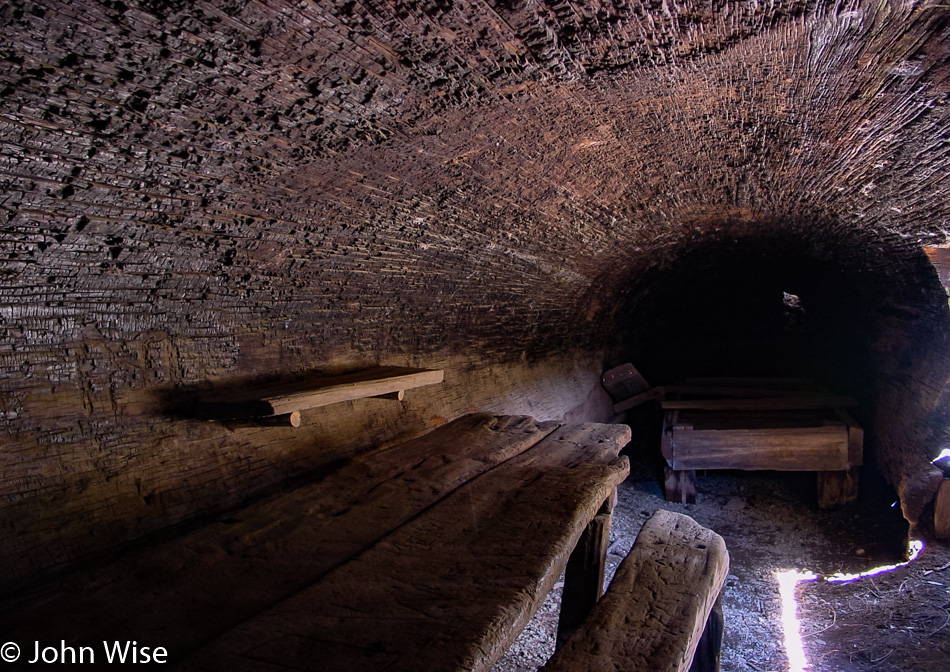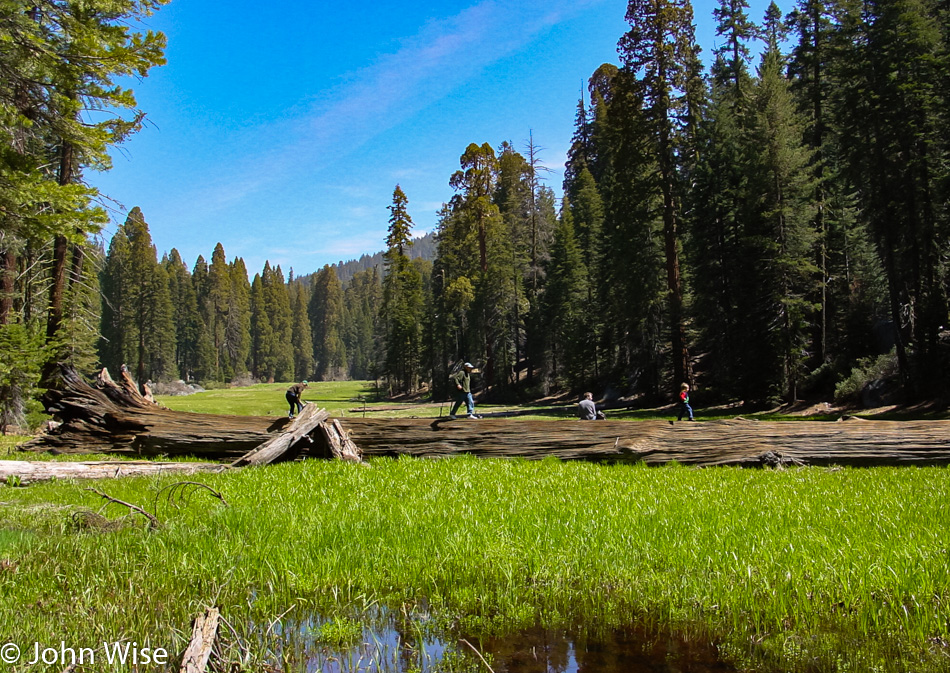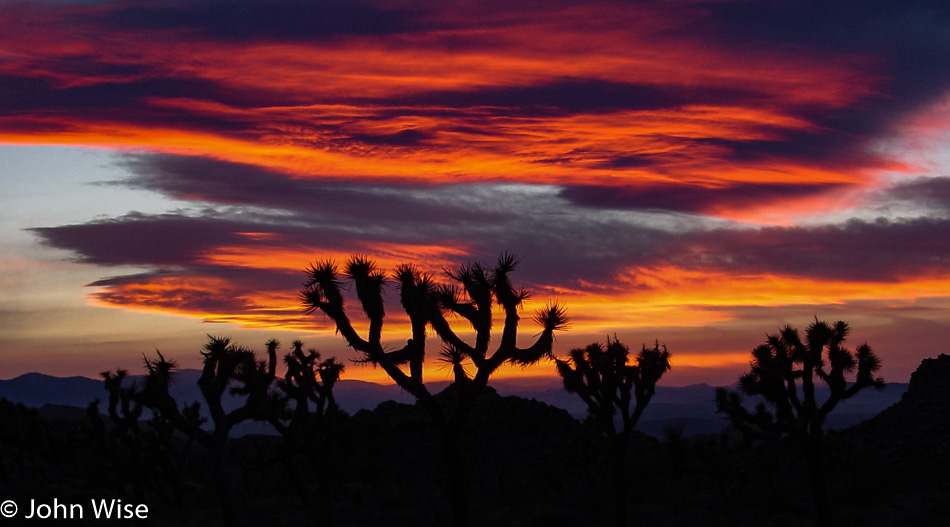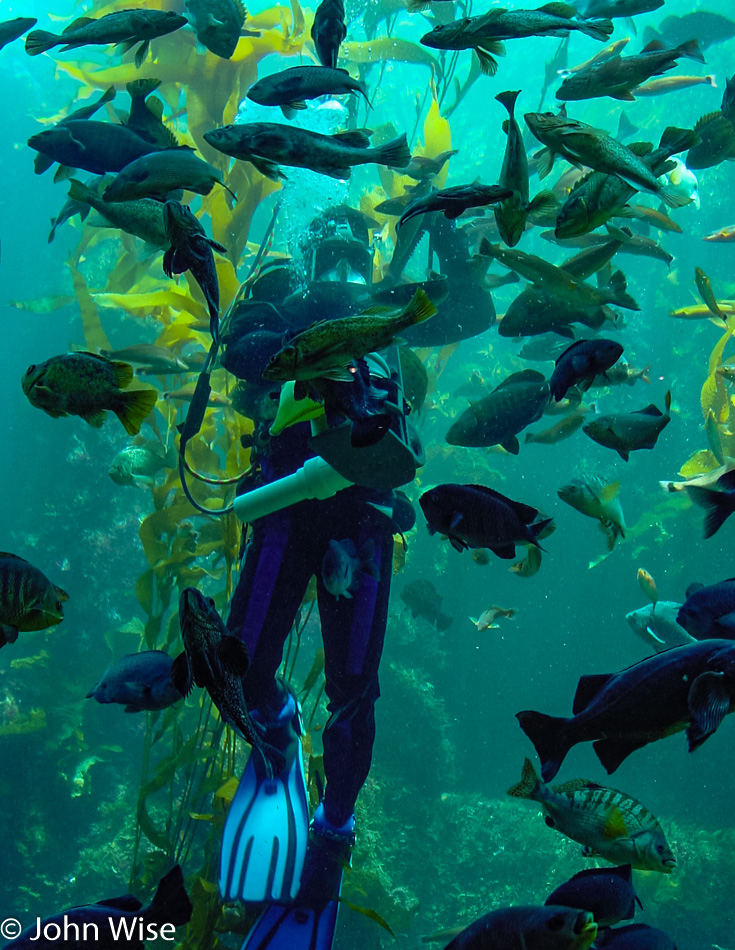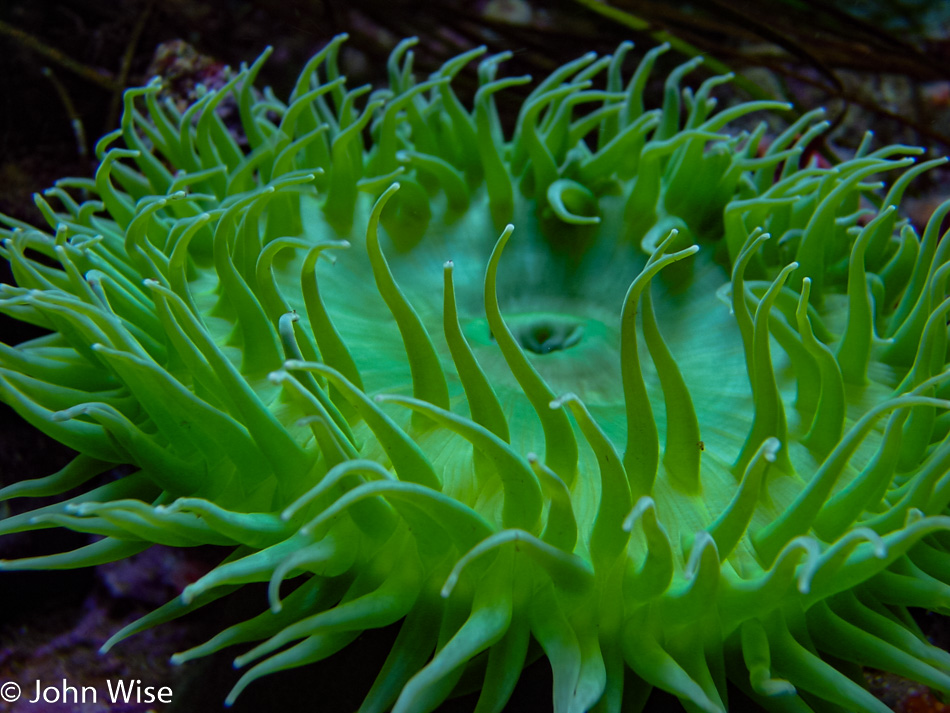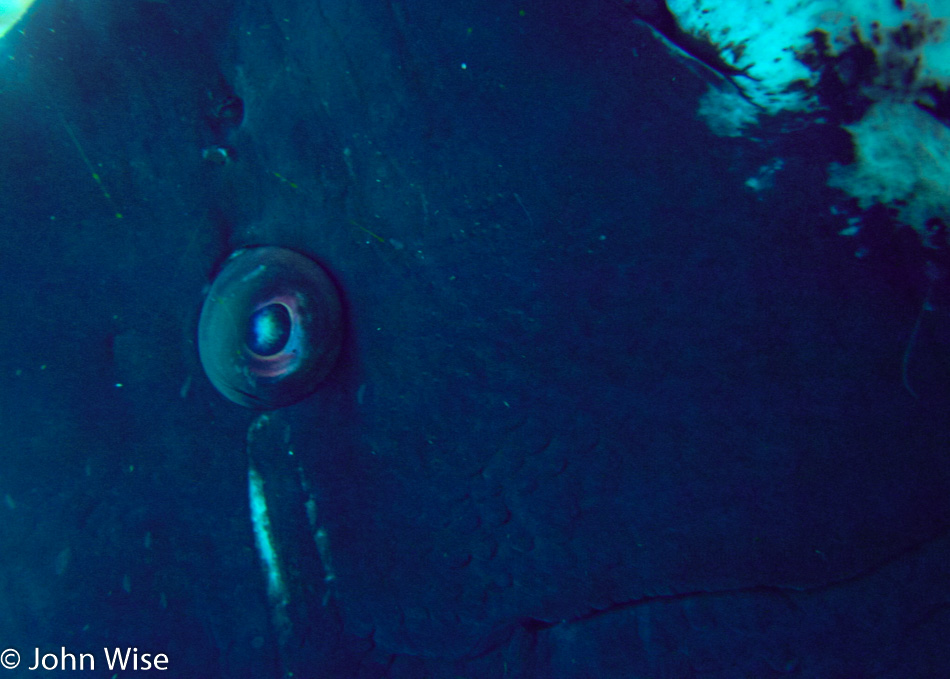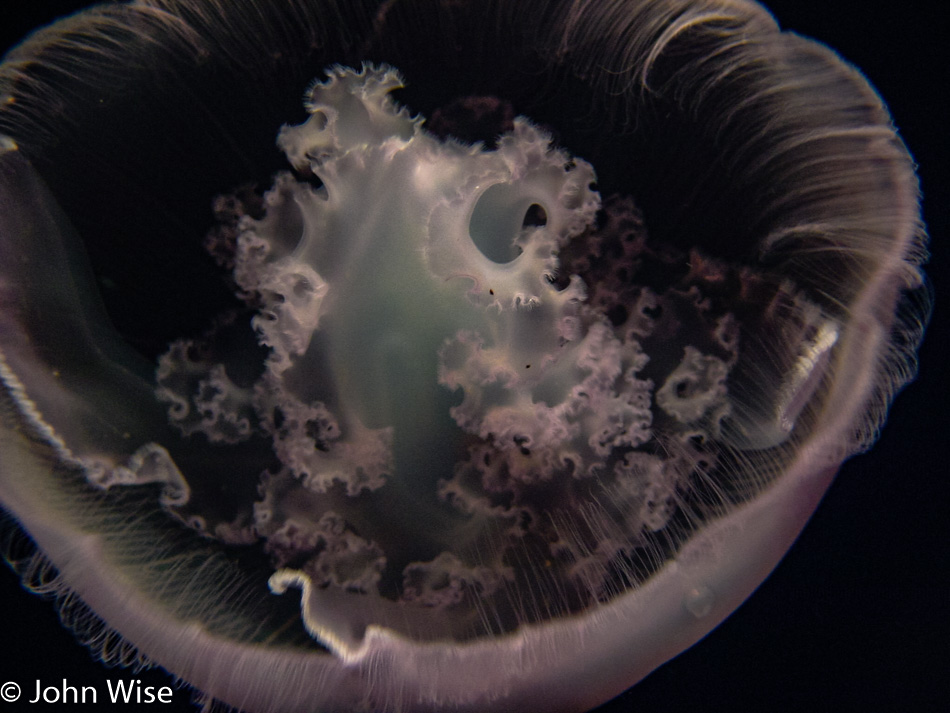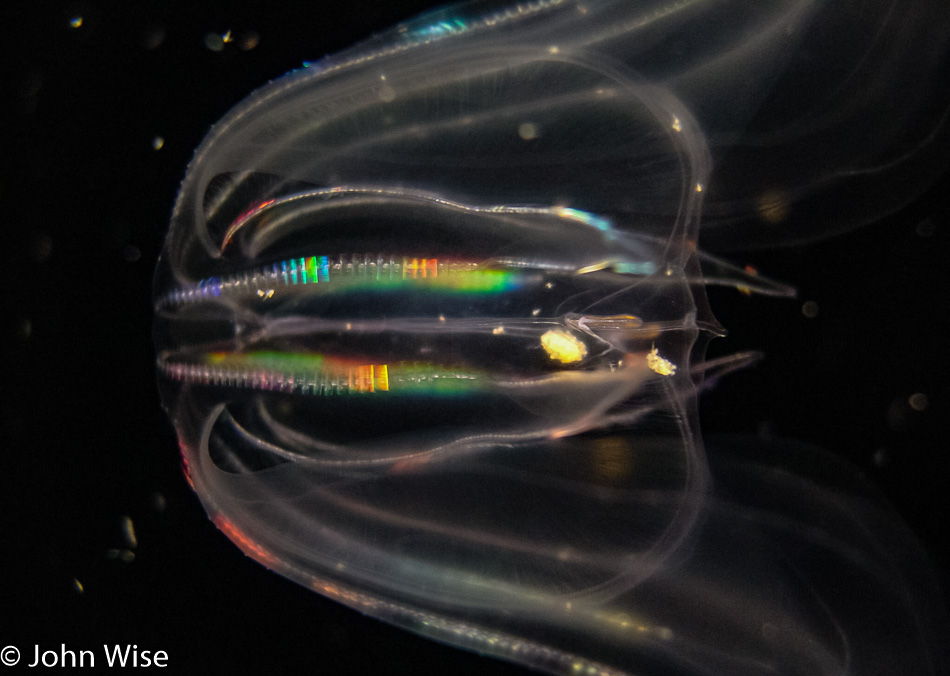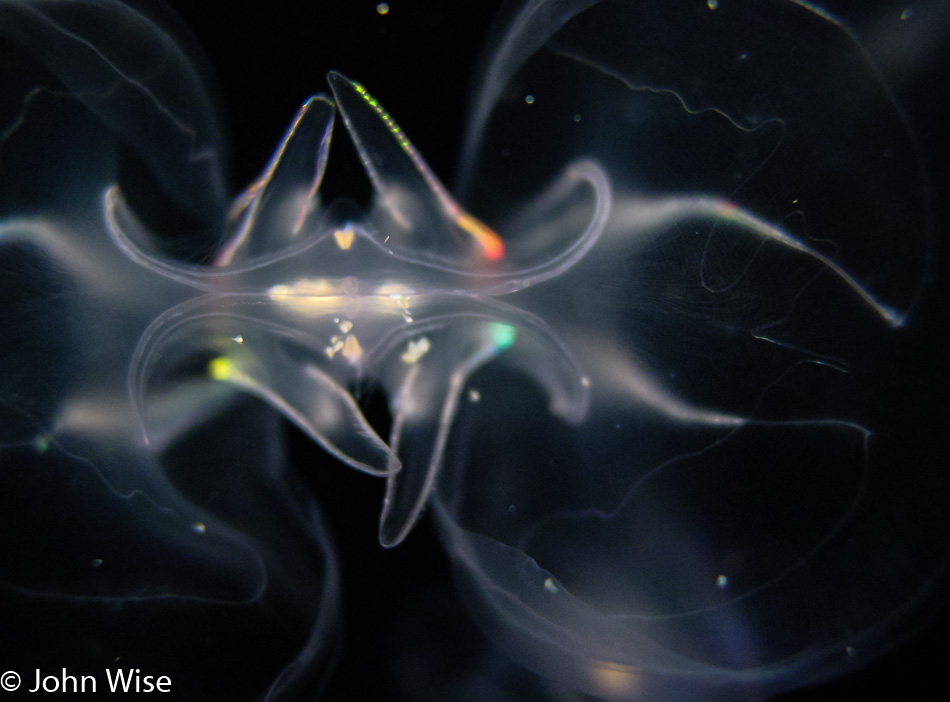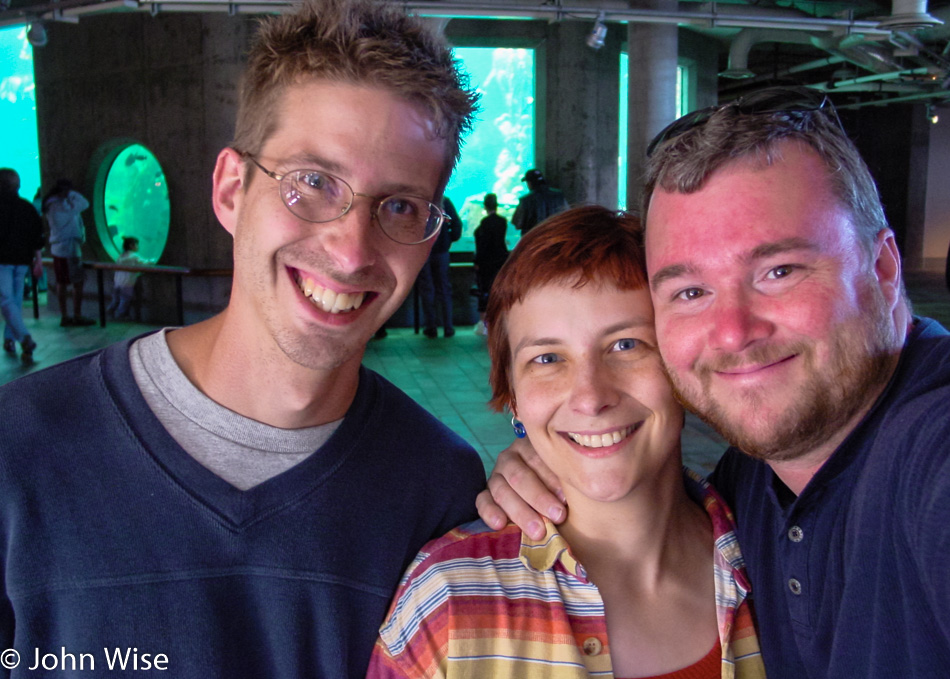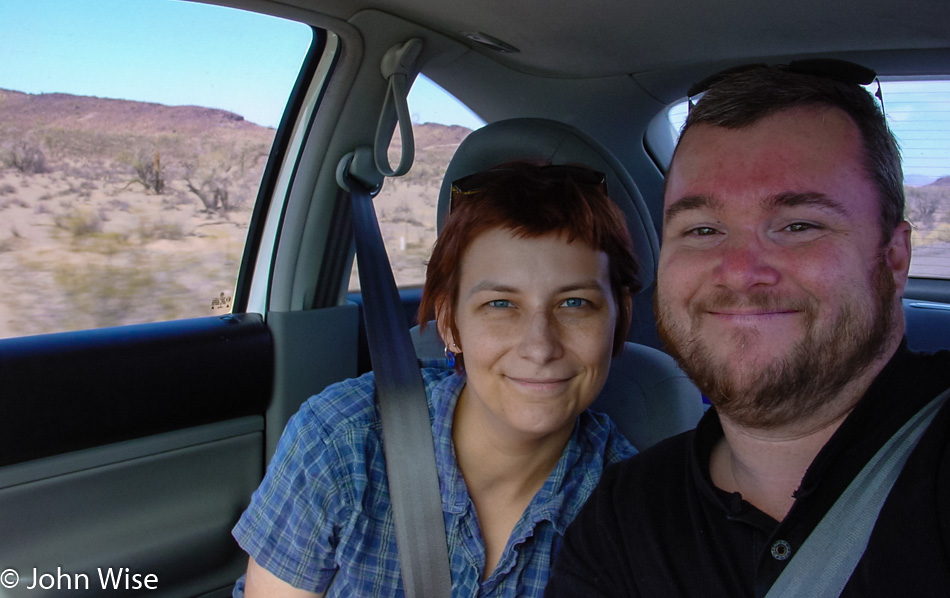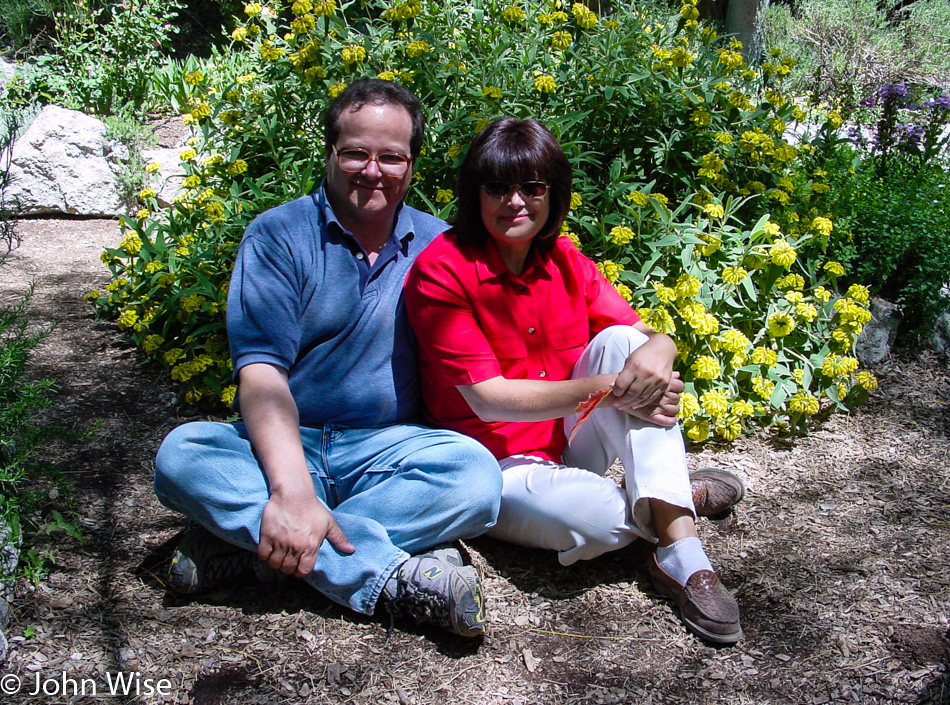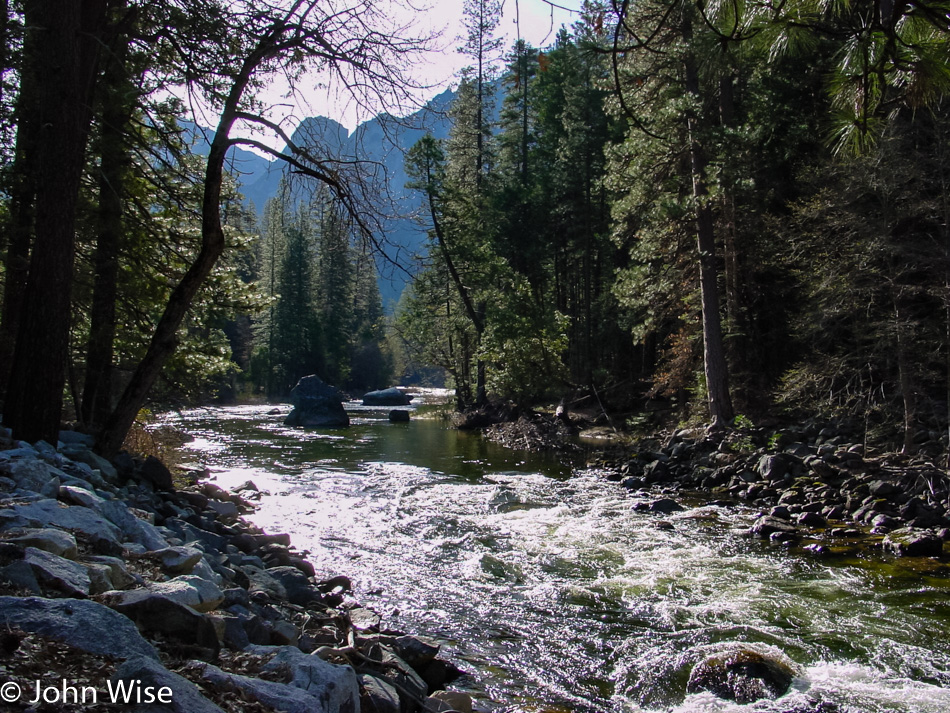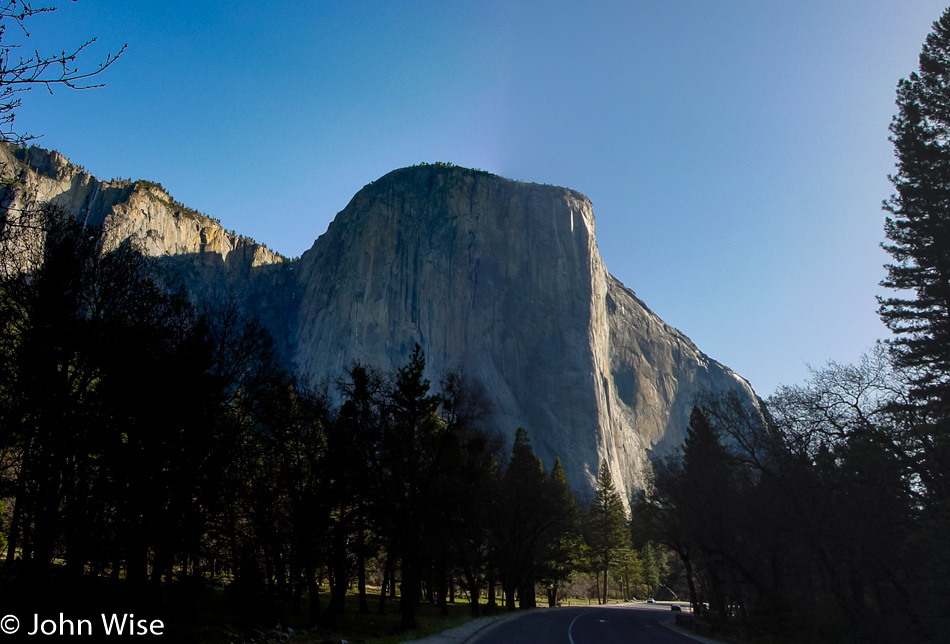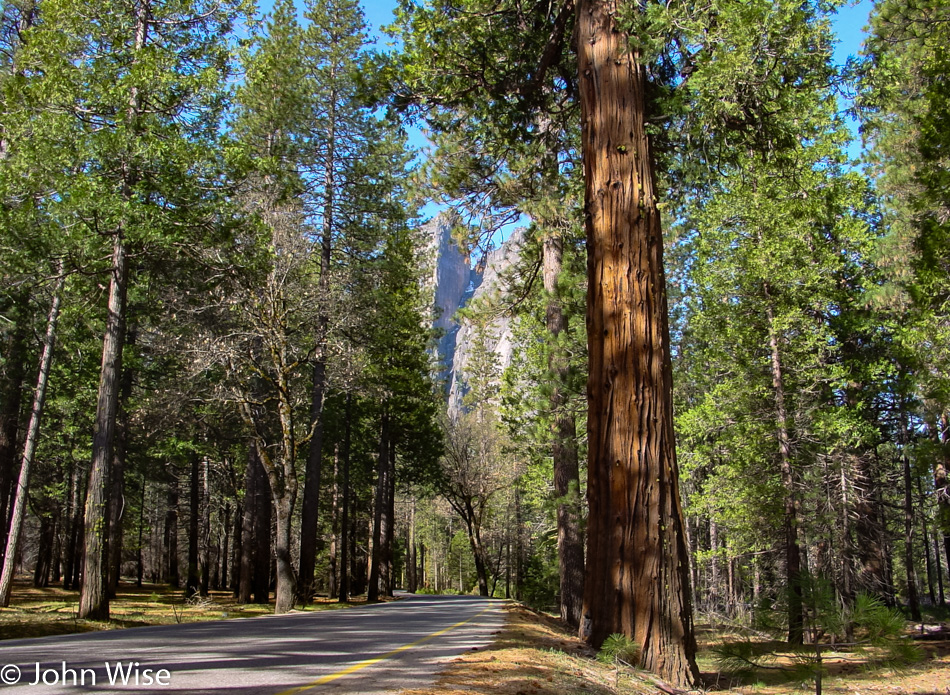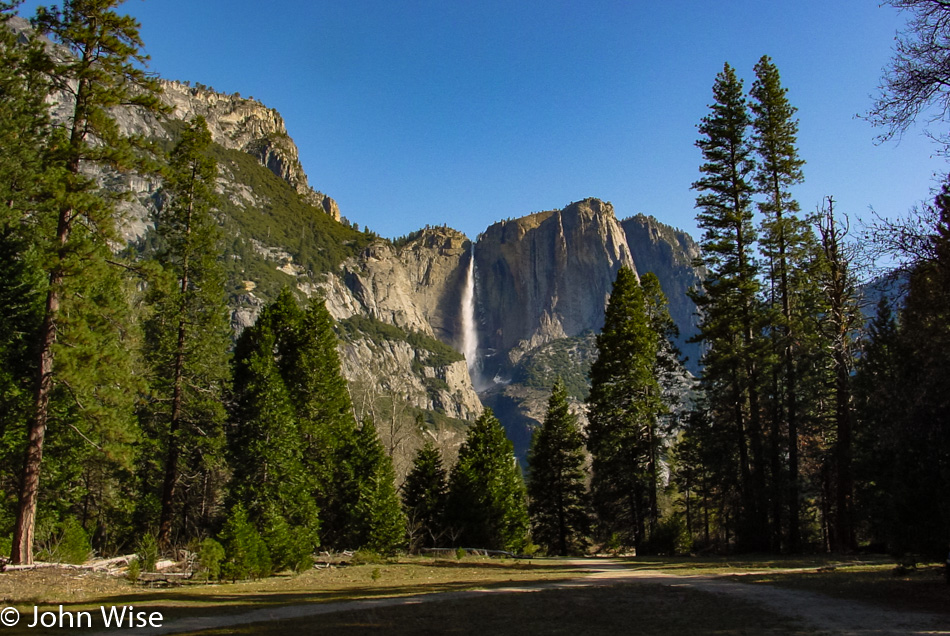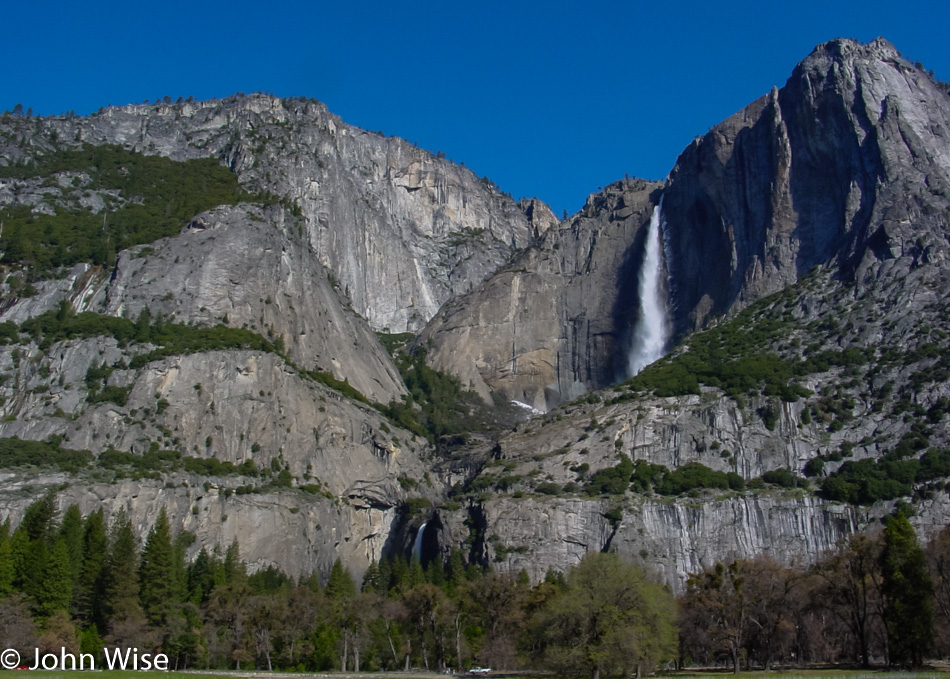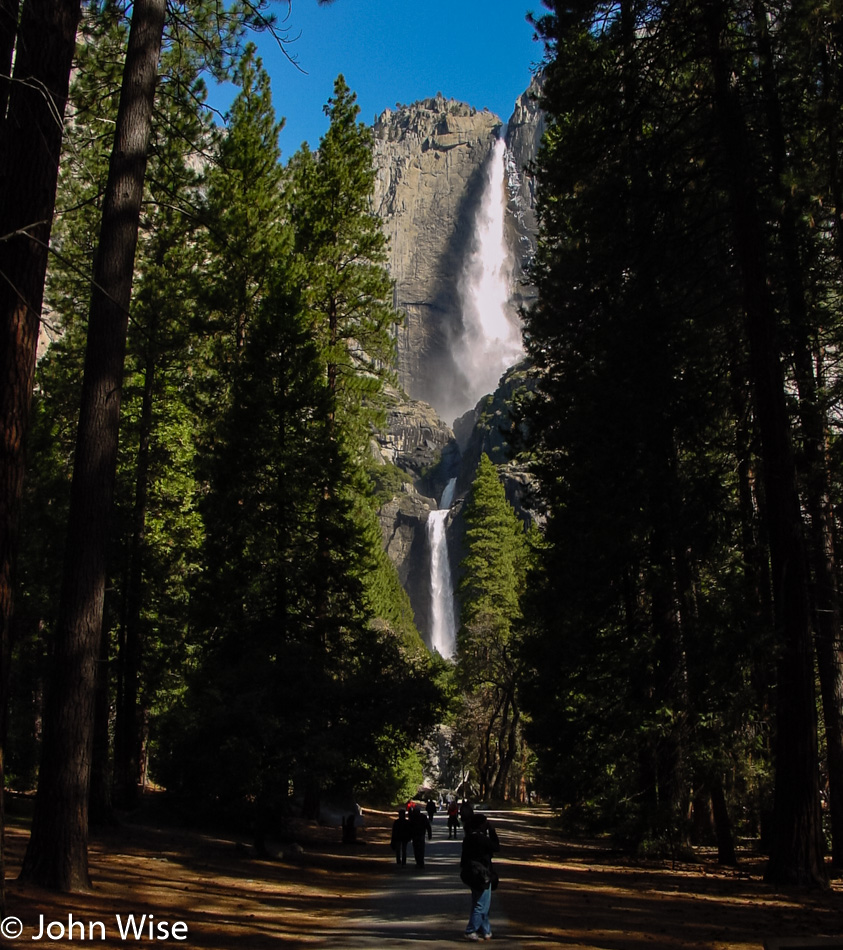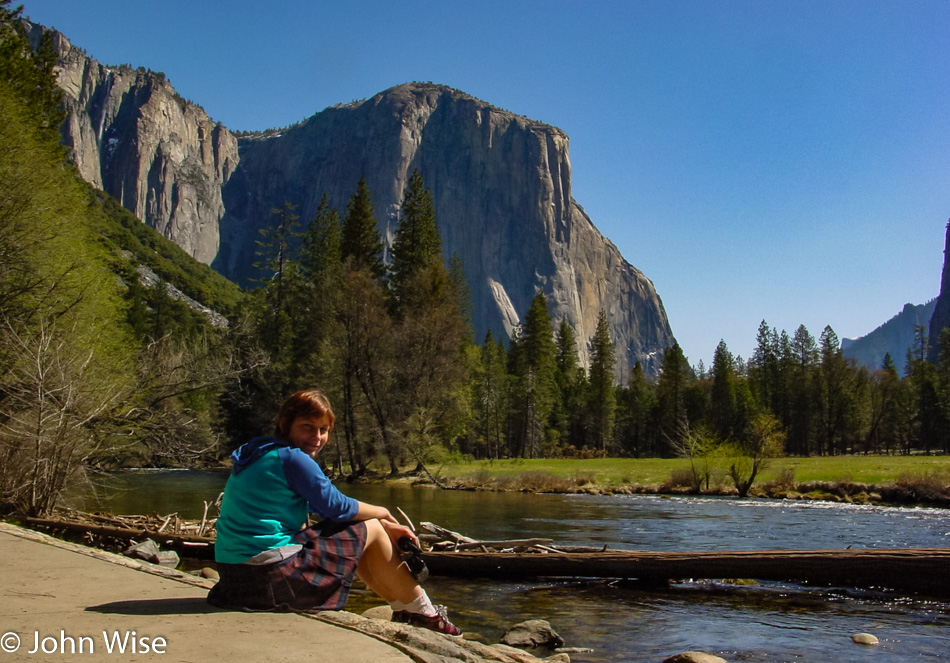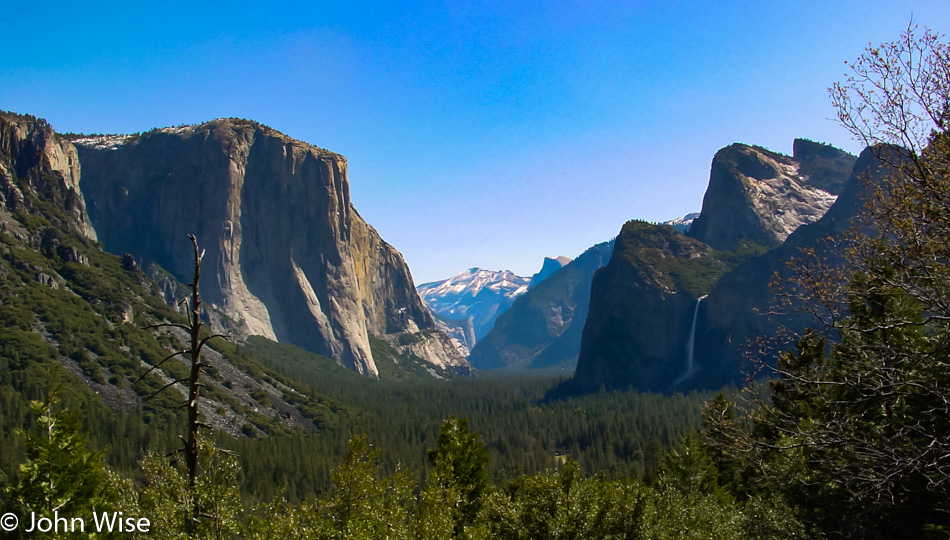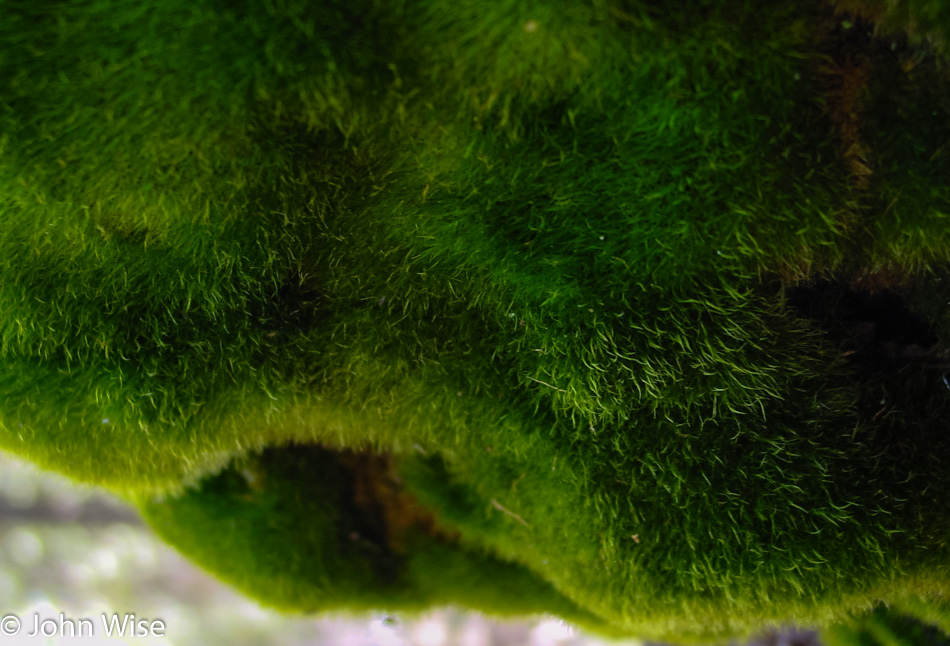
We got out of the Los Angeles area early for the drive up the coast over Santa Barbara and San Luis Obispo before reaching the Elephant Seal Colony north of San Simeon. By this time, I’ve lost count of how many previous visits we’ve made to this exact spot on the coast. I’m certain I’ve seen some of these seals on other stops, but there’s no way I’m going to identify one by name or markings.
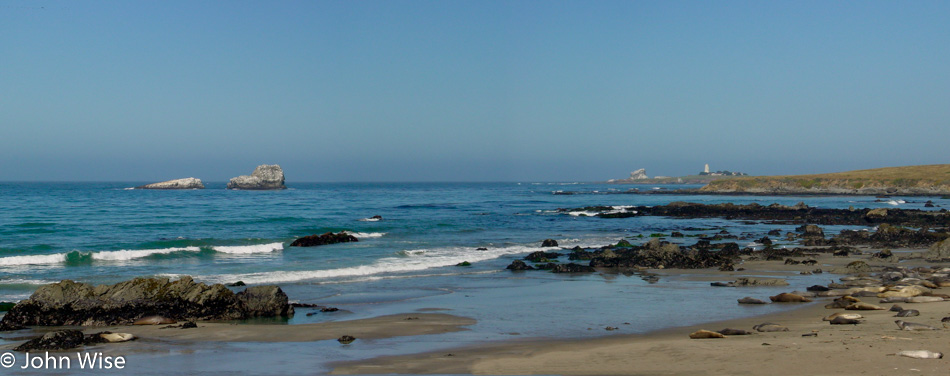
Off in the distance is the Piedras Blancas Lighthouse, while in the foreground are more Elephant Seals.
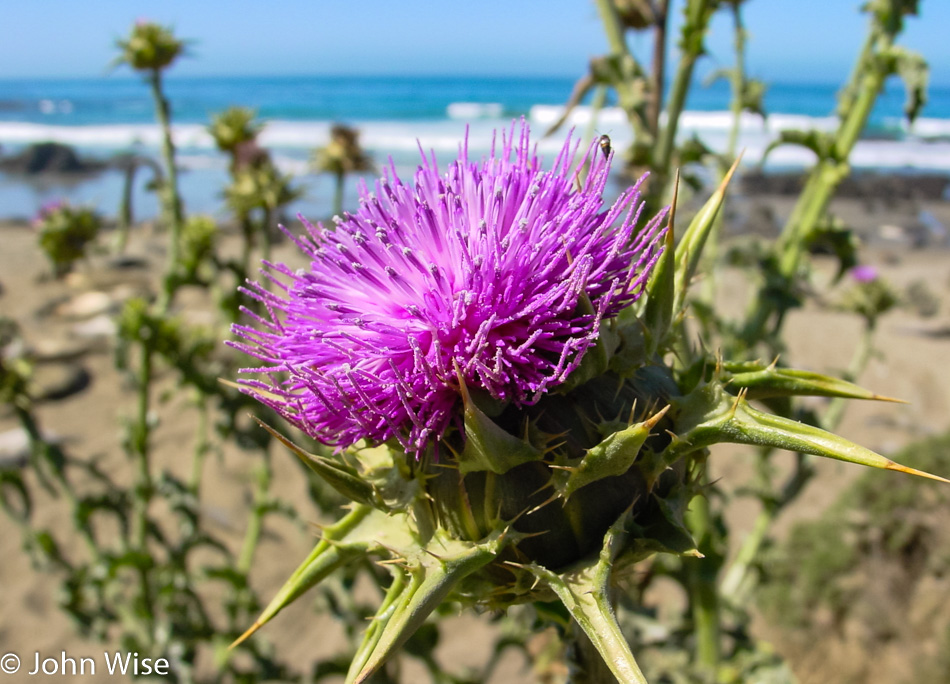
Thistle sounds menacing, and those giant pokey thorns don’t help its image, but the sheer beauty of the neon pink, lavender, and purples in the flower certainly make it a visually appealing plant. This type is of the Silybum group, commonly known as milk thistle, which has health benefits for our livers.
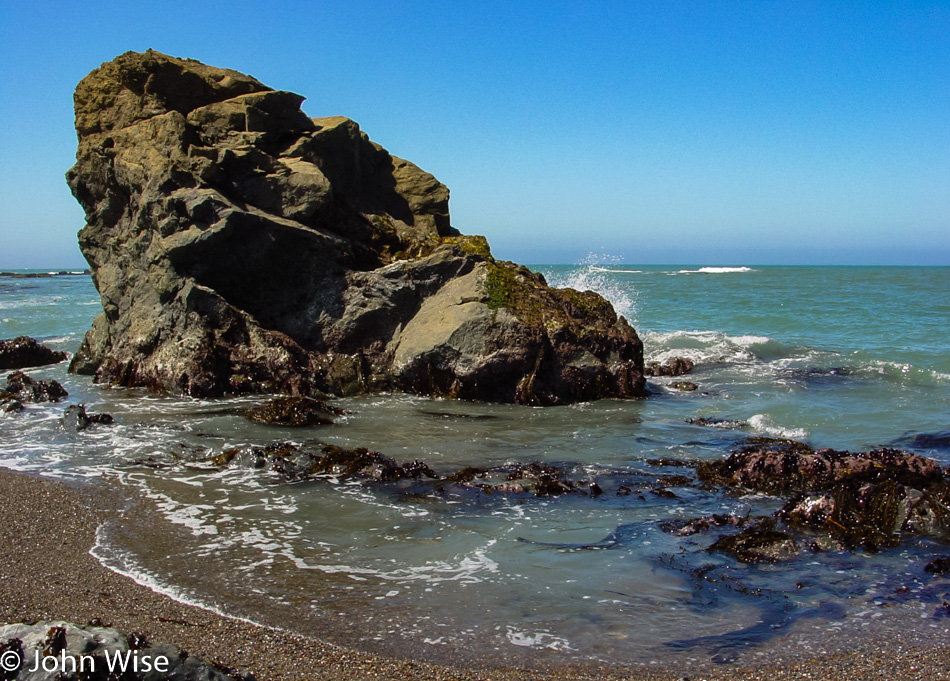
We are on a slow drive north, showing Mark some of the places we’ve fallen in love with over the years and many visits that have brought us up and down the California coast. In the years Mark has been living in the Los Angeles area working for the film industry, he’s an animator and hasn’t taken much time to explore the world around him, so we are trying to get him off his treadmill.
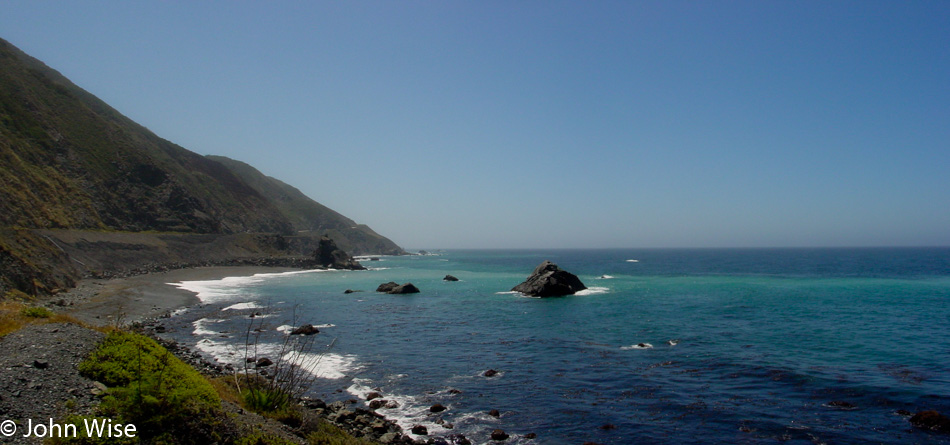
If you get the idea from the indiscriminate photos of more coast that we have a broad sense of what constitutes a favorite place, well, you’d be right. We love the whole thing, well, except those parts that draw sunbathers to open beaches for tanning.
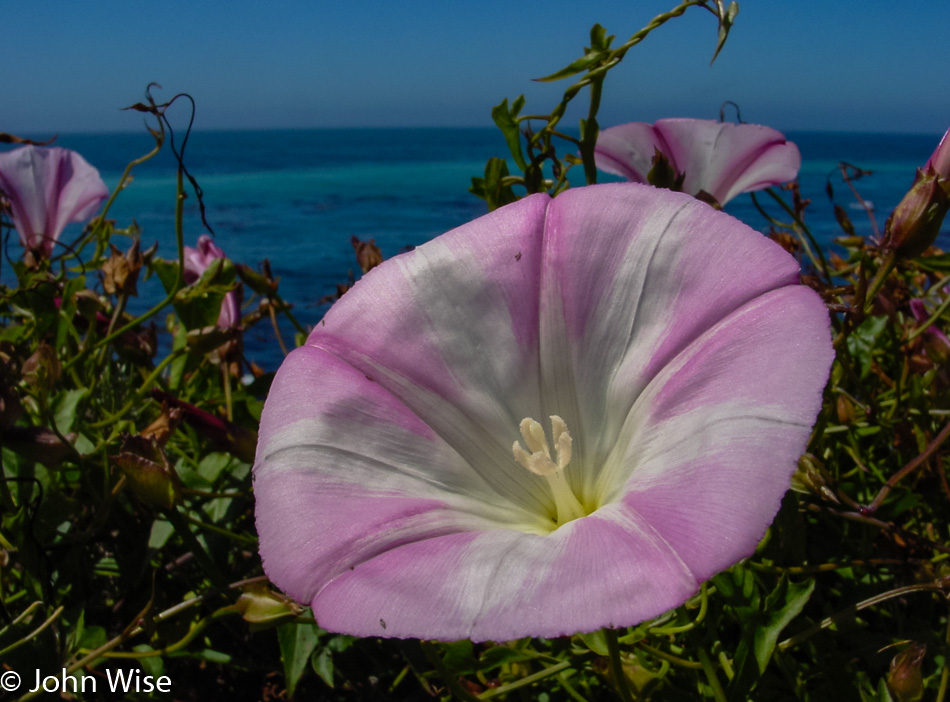
This is the common morning glory flower, and it is the seeds of this plant that some will seek to get a cheap high. The problem is that the person needs to eat hundreds for the psychedelic effects to work; I’m sure there must be easier ways to reach a psychedelic state.
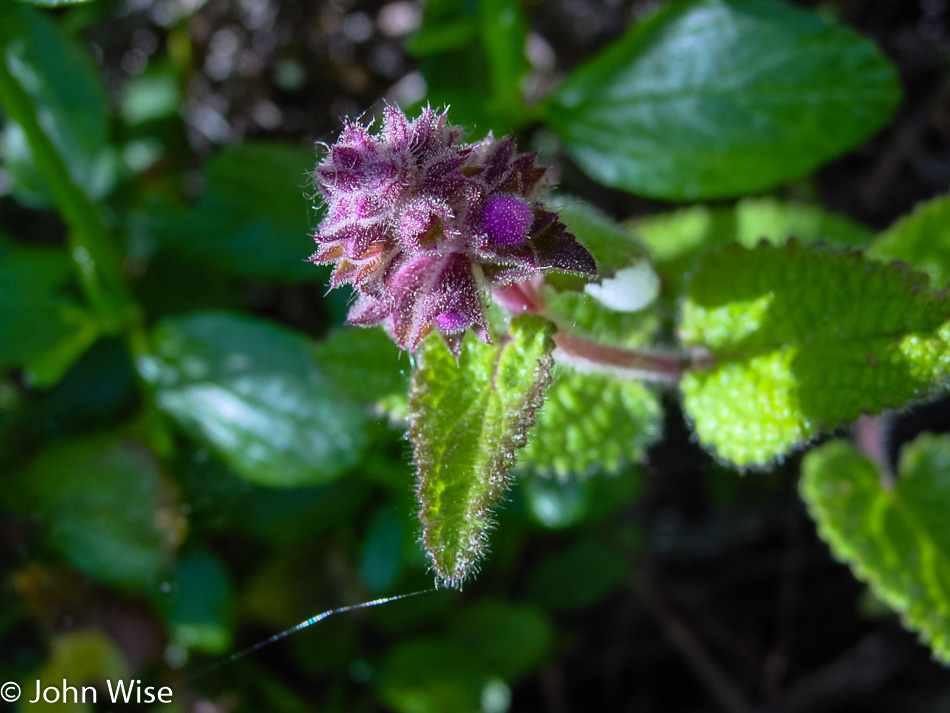
I think this is part of the mint family, but I’m no botanist, so sue me if I’m wrong.
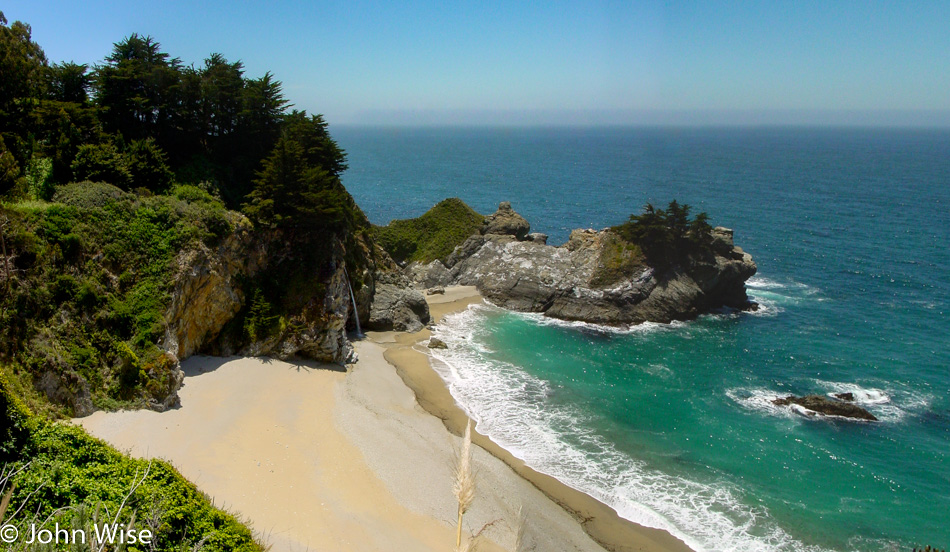
McWay Falls at Julia Pfeiffer Burns State Park in Big Sur.
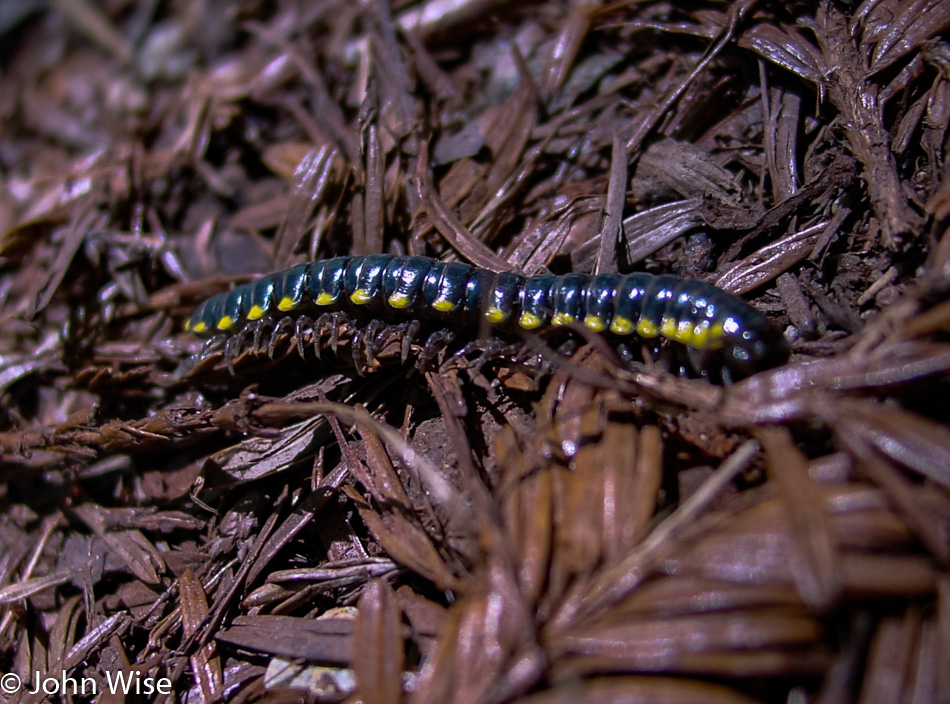
This intimidating-looking creature is the yellow-spotted millipede, also known as the cyanide millipede, for its ability to secrete cyanide. Should you pick one up (they don’t bite or sting), it will likely curl up, and if you smell almond, then you know that this millipede is trying to defend itself. While it is not typically toxic to adults, it is usually fatal to birds and rodents. So, while you might be creeped out finding these in the California forest, you need not worry about them sending you to the hospital.
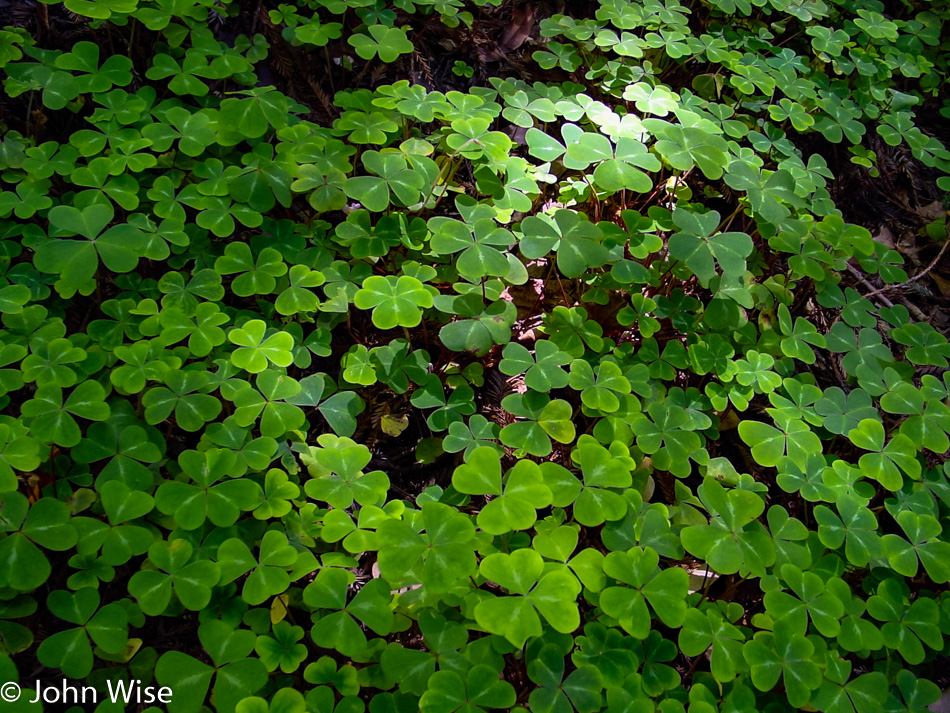
A bed of redwood sorrel.
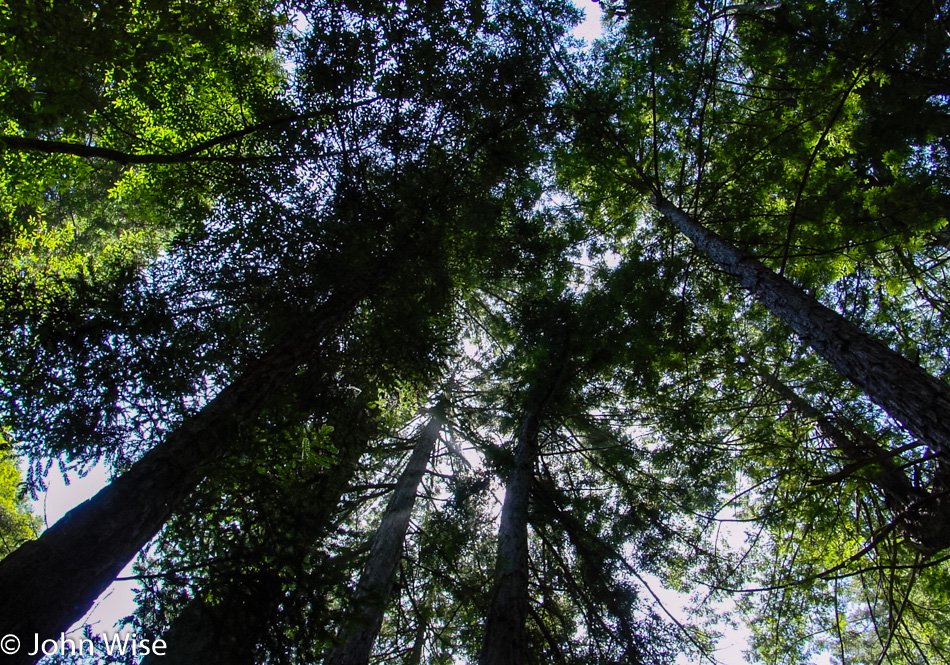
Look into the treetops when in a redwood forest as these trees grow tall and straight. Now imagine that there have been people in our fairly recent history who would have had no problem harvesting every last one of these trees to trade them in for money. Our perspective of what’s important is myopic, while our thirst for what will allow us to imbibe group stupidity is unquenchable.
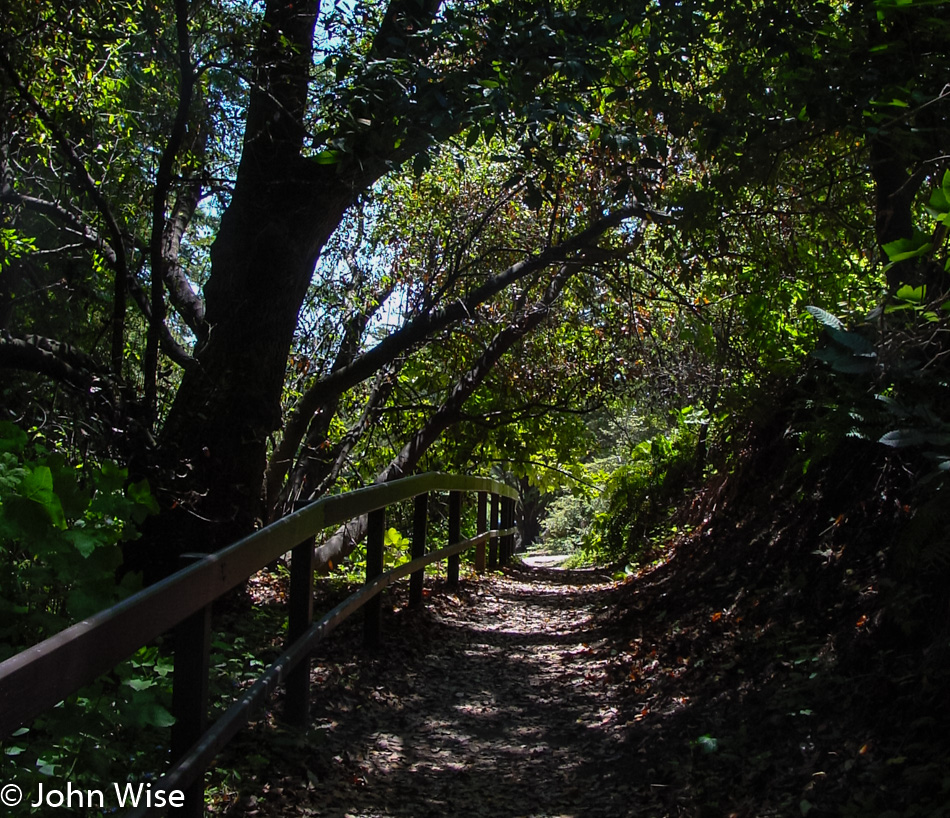
Groomed footpaths to idyllic settings are a luxury we all share, but few seem to find time to grace their path. For all who maintain these trails to the exquisite places, I thank every one of you.
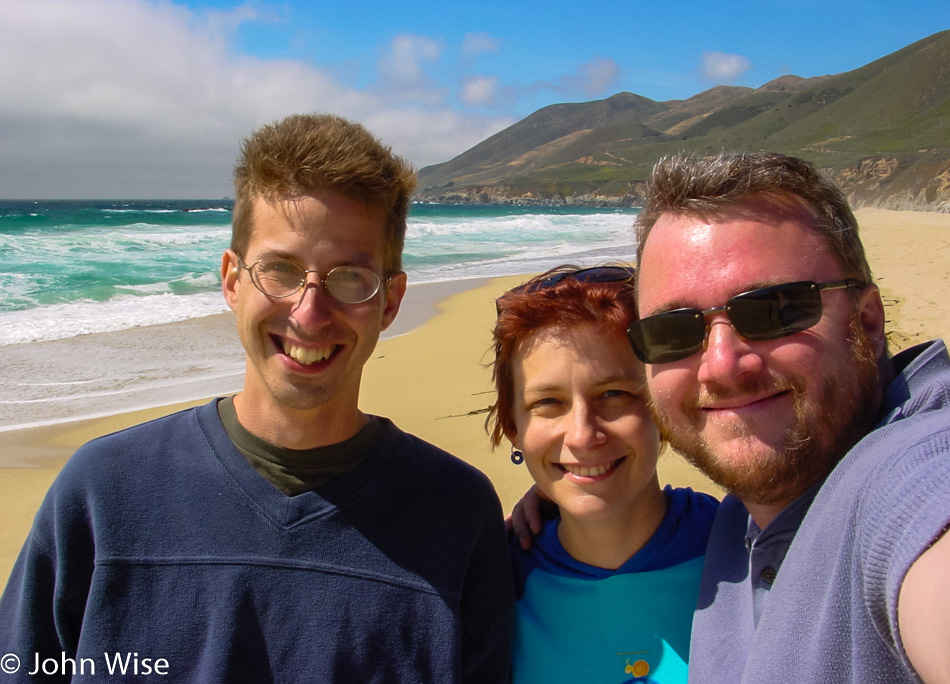
This is Mark Shimer, our traveling companion for a couple of days. A long time ago, I gave him his first graphic design job following his graduation from a Phoenix design school. Today he is a pro and only getting better as he’s been tackling larger and larger projects in Hollywood. We are taking this photo at Garrapata Beach, which may forever be our favorite beach of all time.
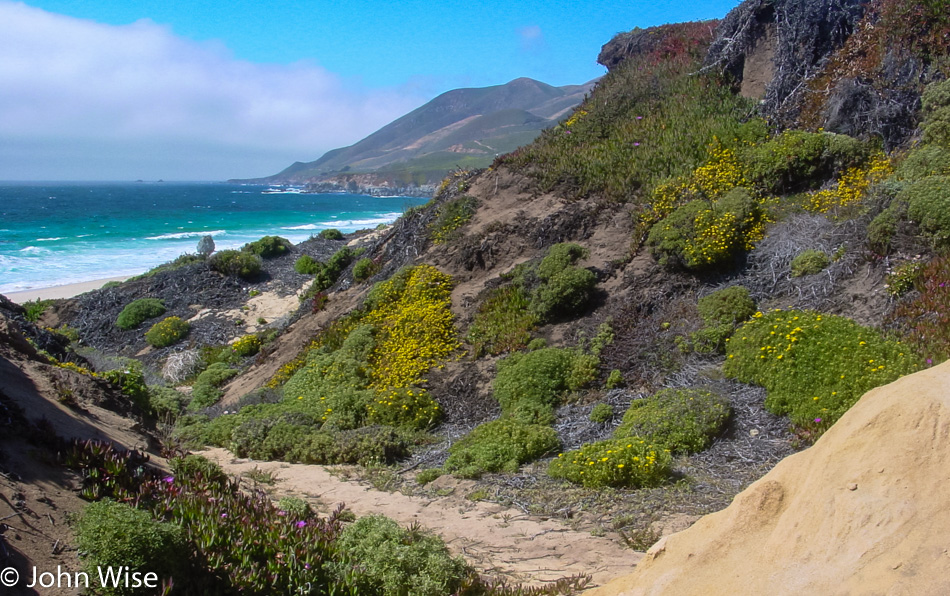
Leaving Garrapata Beach, where every corner is a masterpiece of beauty.
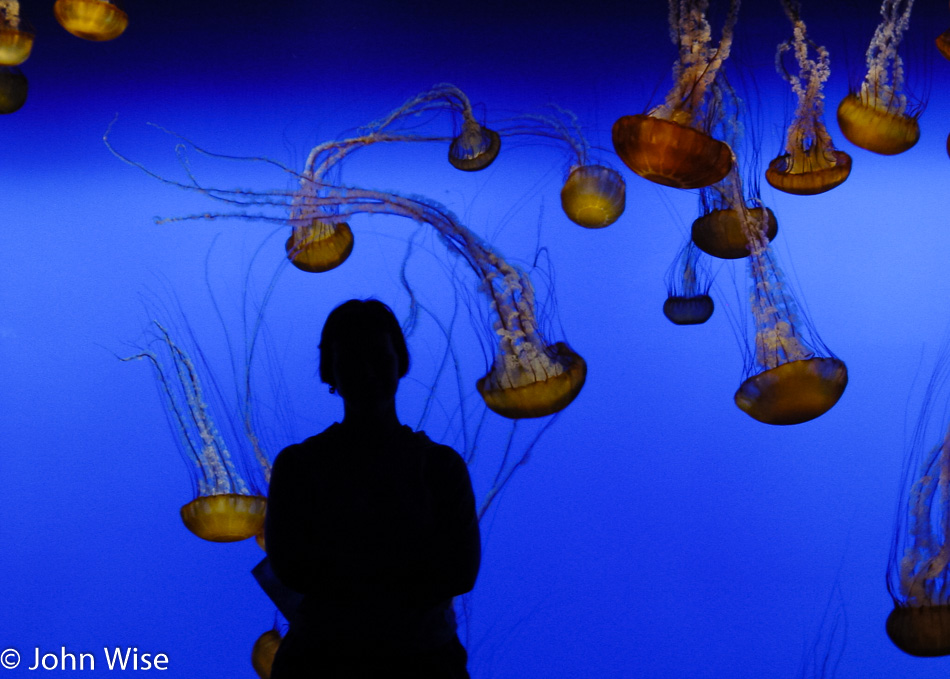
That’s Caroline mesmerized by the jellyfish exhibit here at Monterey Bay Aquarium.
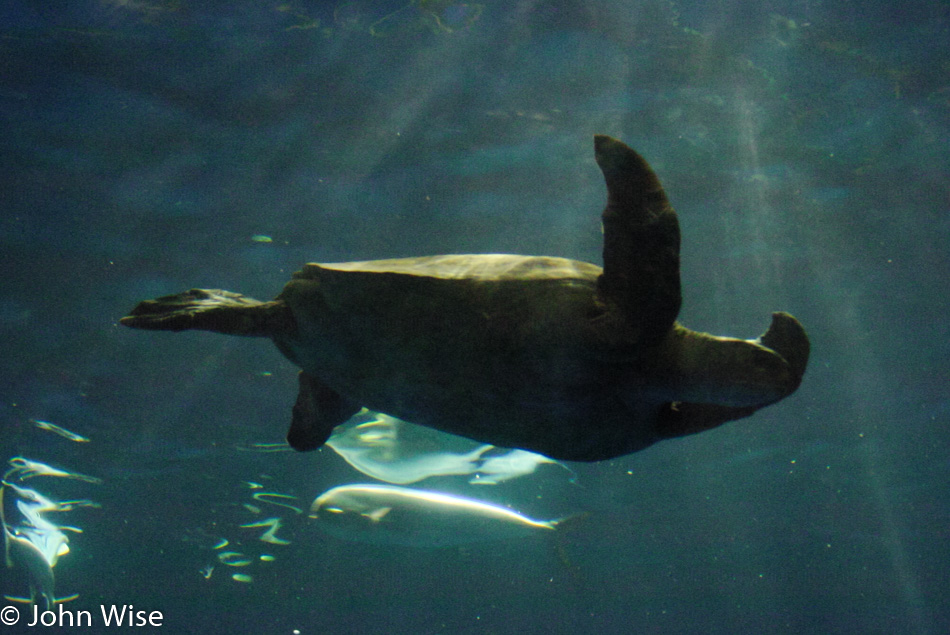
Not a great photo due to the poor lighting, but it’s a sea turtle, and in the background is a dolphinfish, also known as Mahi-Mahi. What’s not seen is the school of blue-fin tuna cruising around the tank.
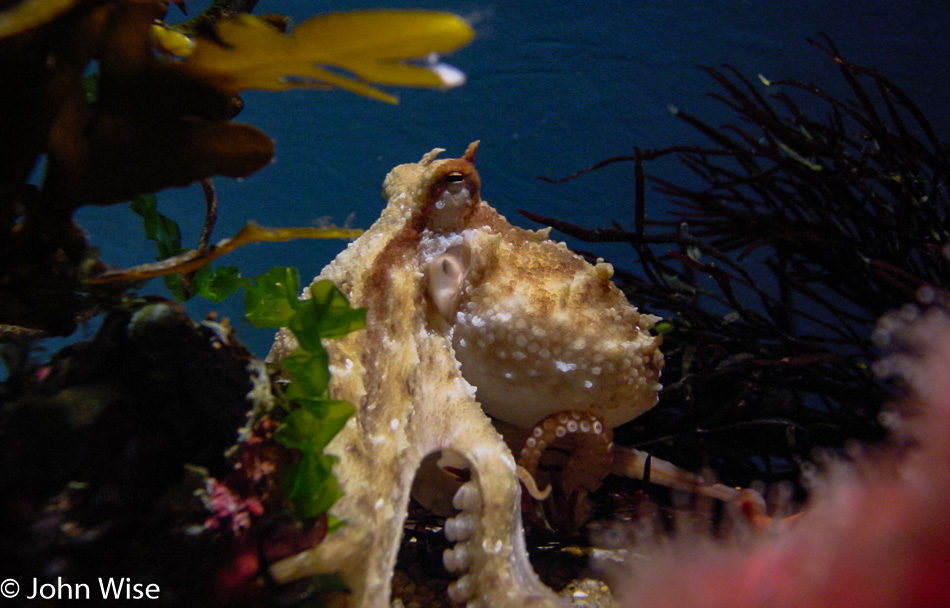
This octopus has been one of the most difficult mollusks to photograph as not only does it frequently squeeze itself into some dark corner, but anything that moves with some speed wreaks havoc on my attempts to snap a photo in near darkness. Maybe it remembers my previous attempts, and it has finally given in to allowing me a perfect pic of perfect beauty.
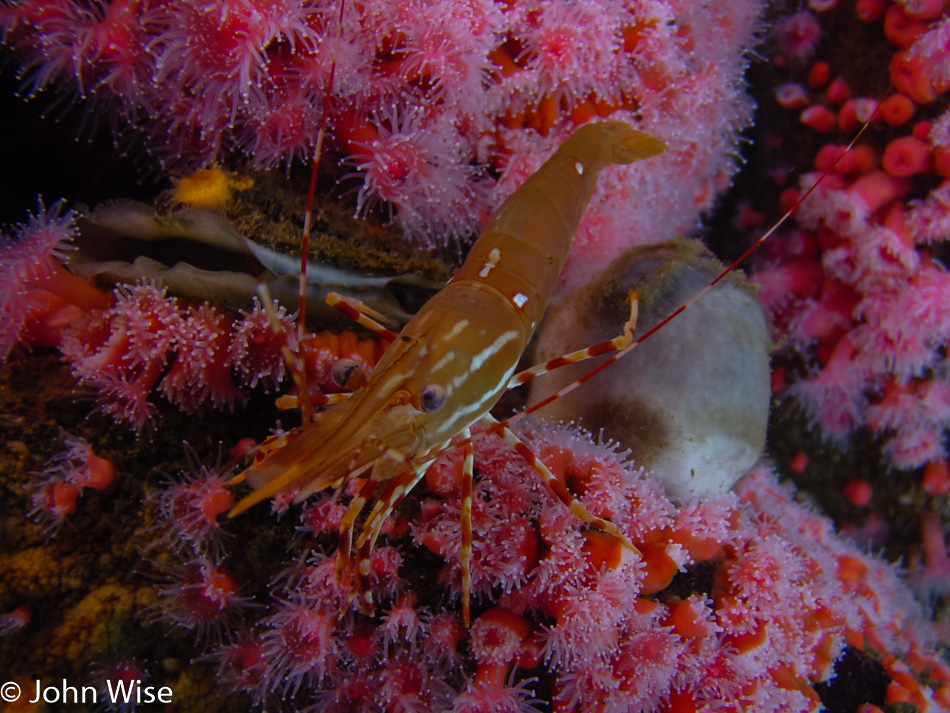
Whoever said these lowly shrimps were cockroaches of the sea was only partly right. While they are detritivores in that they will eat any dead or decaying organic matter, they do likely taste a lot better than the common cockroach, but how would I know?
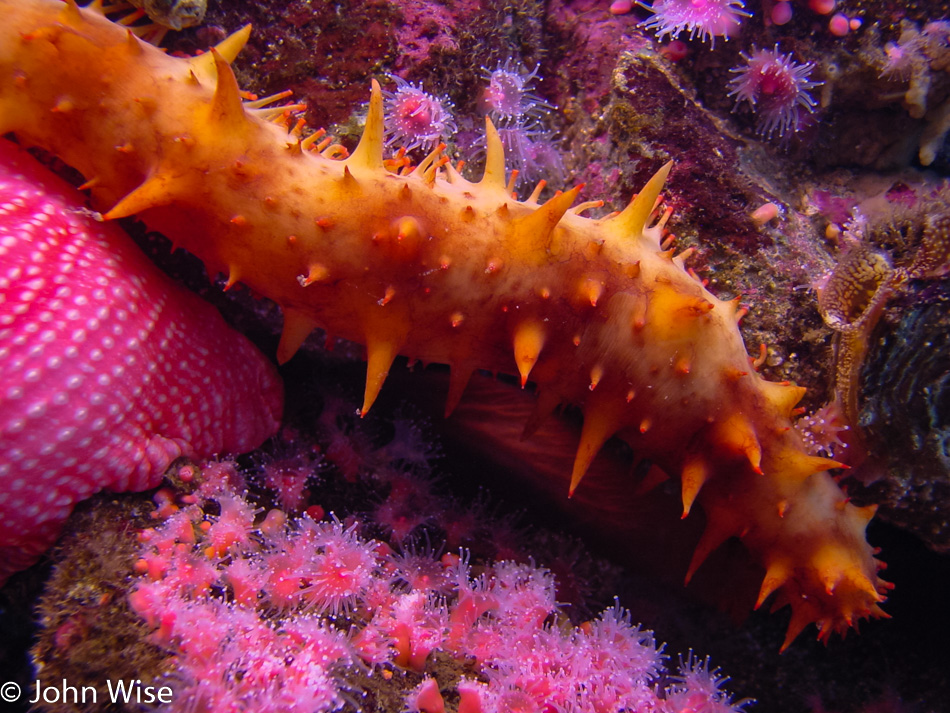
My hypocrisy works like this: I don’t like zoos as the animals are in no way living in anything that resembles their natural habitat. For the most part, I don’t like aquariums either, but when David Packard helped create this gift to humanity that opened back on October 20, 1984, he was well aware of the importance of the ecosystem that would be on display. With that in mind, he worked on the architecture and functionality of how this place would operate and its symbiotic relationship with the ocean at its front door. The water in these tanks comes directly from the ocean and is recirculated at the temperature that best sustains the life that is on display here. While certain fish and animals are not very well suited for the confines of an enclosure, I’d say that the Monterey Bay Aquarium is doing the world a tremendous favor in bringing our attention to the health, sustainability, and responsibility we all have for our oceans.
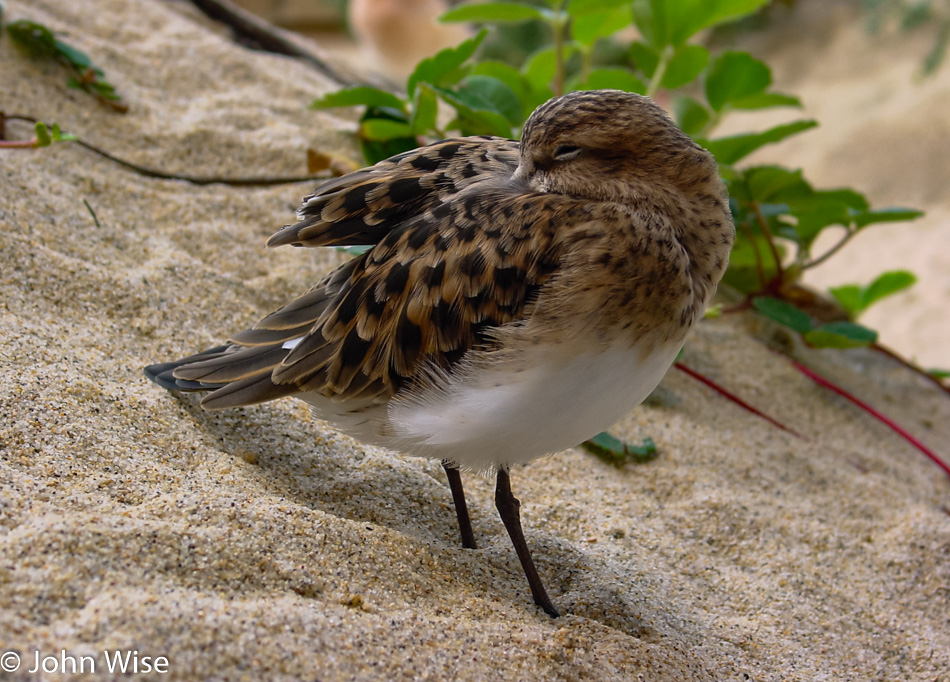
Our up-close view of shorebirds is one we never get to have in the wild as they flutter away as quickly as we approach unless they are seagulls and you are holding out food, and then the closest hundred will flock to you in a moment squawking in their ear-piercing shrill voices of utter annoyance.
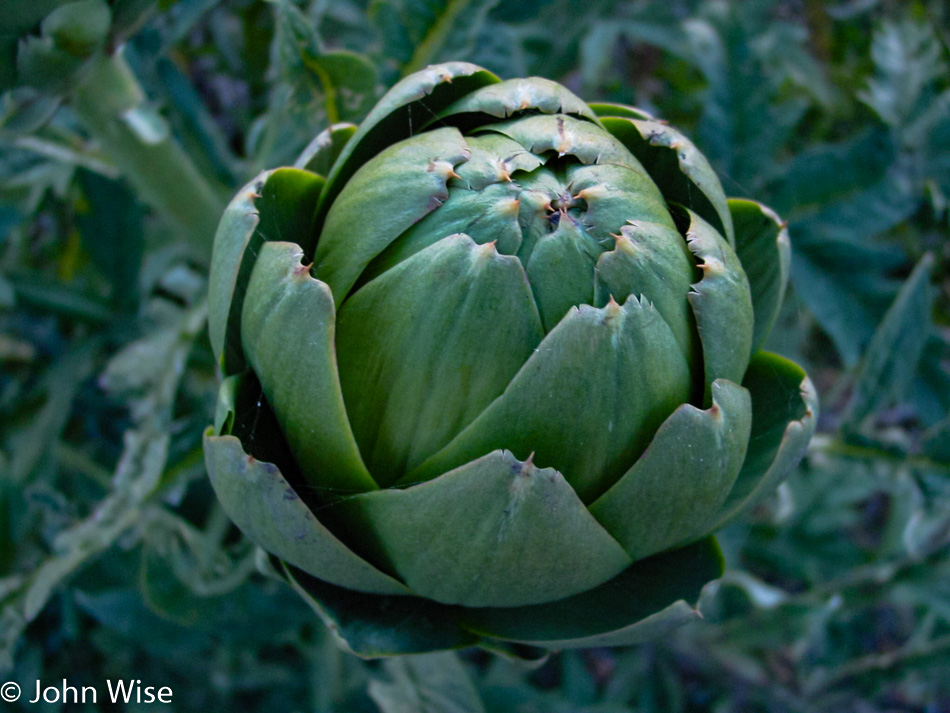
This fish is known as the artichoke fish and is another member of the mollusk family. If you look closely, you can see its spikey protrusions; they are a kind of rasping tongue called a radula, and it is what these particular creatures use to eat. Maybe you aren’t buying this? Fine, this artichoke is not actually in an aquarium or living in the ocean; it is in Castroville, California, also known as the Artichoke Capital of the World, and grows in a field.
